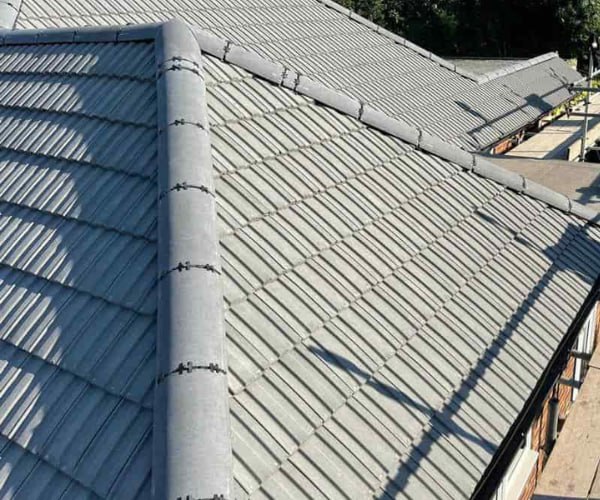How to Handle Emergency Repairs on Flat Roofs
Introduction: While offering numerous advantages, flat roofs can sometimes present challenges, particularly during unexpected emergencies. At FDC Roofing Finedon, we understand that dealing with roof emergencies swiftly and effectively is crucial to preventing further damage and ensuring the safety of your property. In this blog post, we’ll guide you through the essential steps to handle emergency repairs on flat roofs, providing practical advice to manage the situation until professional help arrives.
1. Identify the Problem
Why It Matters: Quickly identifying the nature of the issue helps you determine the appropriate response and whether immediate action is necessary.
Common Flat Roof Issues:
- Leaks: Look for visible signs of water intrusion or damp patches on ceilings.
- Ponding Water: Check for areas where water collects and does not drain properly.
- Blisters or Cracks: Inspect the roof surface for any blisters, cracks, or peeling.
Action: If it’s safe, use a ladder and proper safety gear to inspect the roof. If you’re unsure about the extent of the damage or if it’s unsafe to climb, wait for professional help.
2. Ensure Safety
Why It Matters: Safety should be your top priority during any emergency repair. Working on a flat roof can be hazardous, especially in adverse weather conditions.
Safety Measures:
- Use Proper Equipment: Wear safety harnesses non-slip footwear, and ensure your ladder is stable.
- Check Weather Conditions: Avoid roof work during heavy rain, high winds, or extreme temperatures.
- Secure the Area: If possible, restrict access to the area beneath the damaged roof to prevent accidents.
3. Contain the Damage
Why It Matters: Containing the damage helps prevent further issues and minimises the impact on your property.
Containment Steps:
- Use Temporary Covers: Place tarps or plastic sheeting over leaks or damaged areas to protect against further water ingress.
- Redirect Water: If ponding water is an issue, use buckets or containers to redirect water away from the affected area.
- Remove Debris: Clear any debris or loose material that could exacerbate the problem.
Action: Secure temporary covers with weights or adhesives to ensure they stay in place. Be cautious when handling materials to avoid injury.
4. Document the Damage
Why It Matters: Proper documentation helps assess the damage’s extent and facilitates insurance claims and repairs.
Documentation Tips:
- Take Photographs: Capture clear images of the damaged areas, both close-up and from a distance.
- Record Details: Note the date and time of the damage, weather conditions, and any initial observations.
Action: Store the documentation securely and share it with your roofing contractor or insurance company as needed.
5. Contact a Professional
Why It Matters: While temporary measures can help manage the situation, professional repair is essential to ensure a long-lasting and effective solution.
What to Look for in a Professional:
- Experience and Expertise: Choose a contractor with experience in flat roof repairs and a reputation for quality work.
- Licensing and Insurance: Ensure the contractor is properly licensed and insured for roofing repairs.
- Prompt Response: Look for a contractor who offers emergency repair services and can respond quickly to your needs.
Action: Provide the contractor with all relevant information, including documentation and any temporary measures you’ve taken.
6. Follow Up with Repairs
Why It Matters: Once the immediate emergency is addressed, a thorough inspection and permanent repairs are necessary to restore the roof’s integrity.
Post-Emergency Steps:
- Schedule a Professional Inspection: Have a roofing professional assess the damage and recommend a comprehensive repair plan.
- Review and Update Maintenance: Implement a regular maintenance schedule to address potential issues before they escalate.
Action: Work with your contractor to complete necessary repairs and discuss strategies to prevent future emergencies.
Conclusion: Handling emergency repairs on flat roofs requires quick thinking, safety precautions, and professional expertise. By following these steps, you can effectively manage the situation, minimise damage, and ensure a successful resolution.
Call us on: 01933 829 064
Click here to find out more about FDC Roofing Finedon
https://fdcroofingfinedon.co.uk/contact/ and see how we can help you with your roofing needs.

